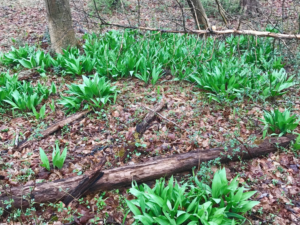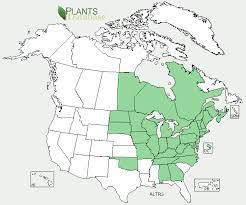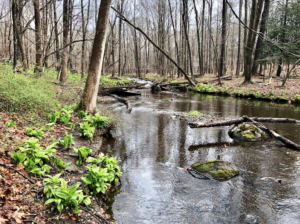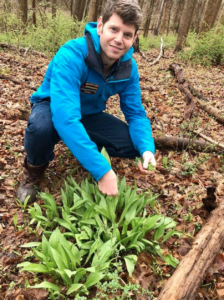By Jessica Duke, MD
Springtime is an exciting time for foragers. Sweet, garlicky ramps emerge in the woods along with violets, fiddleheads, dandelions, and other delicious wild edibles. Foraging is a great way to get outdoors and learn more about the wilderness. Here are a few tips to consider before venturing out on your own foraging adventure.
First and most important is to learn to identify the dangerous plant species in your area. Knowing the poisonous plants you might encounter will help you avoid accidentally harvesting non-edible look-alike plants. For example, there are several plants that might be confused for ramps, including the toxic skunk cabbage and deadly lily of the valley. However, someone who has studied these plants can easily tell them apart by simply examining their leaves or comparing their smell – ramps smell very strongly of onion and garlic, lily of the valley have a sweet floral scent, and skunk cabbage, well, they reek of skunk or rotting meat.
It is also crucial to make sure you are not harvesting in an area with environmental toxicity. Avoid roadsides, polluted waterways, and places where chemicals could have contaminated them such as industrial lands or agricultural sites. A good rule of thumb is to forage at least 30 feet from roads as these plants may have been sprayed with herbicides and may contain lead or other heavy metals from exhaust.
Now that you know what to avoid, the next step is to learn to identify wild edible plants. A good place to start is with a local mentor and field guidebook. A wild plants expert will not only help you identify plants correctly, but also show you where to find them. A field guide to edible wild plants is a great reference to help positively identify plants and to learn about new ones. Make sure that the guidebook is specific to your region and that it includes both detailed sketches/photographs and written descriptions to aid in identification. Ramps or Allium tricoccum, for example, can be identified by their broad, lance-shaped, light green leaves that are typically 1-4 inches wide and 6-12 inches long with purple tints on the lower stems and a scallion-like stalk and bulb.

Patch of wild ramps
After you are able to identify a plant, it is important to learn when and where it grows so that you can find it. Some plants may only be present or edible at certain times of year. Ramps appear in April and are edible through mid May, at which time their leaves yellow and die back. Following a plant’s growth cycle throughout the year can also be beneficial. If you are able to identify ramp flower stalks in June, you will be able to return to the same location to harvest these perennial plants the following spring. Knowing a plant’s habitat and companion plants can also help you locate it. Ramps grow in deciduous woodlands in Eastern North America from Georgia to Canada. If you find a wild plant that you think is a ramp outside of this range, it probably isn’t. Ramps also tend to grow near skunk cabbage so if you come across skunk cabbage, there’s a good chance ramps will be close by.

Allium tricoccum range, USDA Plants Database

Skunk cabbage along a stream
Now that you have identified the wild edible plant you were searching for, the next step is to learn how to harvest it. Just because a wild plant is considered edible does not mean that all parts of the plant area edible. You should only collect the part of the plant that you plan to use. You also need to consider harvesting in a sustainable manner. Both the leaves and bulbs of ramps are edible, but ramps are slow-growing plants that require several years to recover from a single harvest. Therefore, the most sustainable way to harvest ramps is to only take one leaf so that the bulb and second leaf can continue to grow.

Sustainably harvesting ramps
The final steps are to prepare and test the wild edible plant you just harvested. Some plants are only edible by certain type of preparation so before eating a wild plant, you need to know what you have to do to make it edible. Furthermore, some people may have reactions to wild plants that are considered edible so you should follow a systematic approach when eating new wild plants. First, only test one plant at a time. After the plant in question is washed and prepared, test it by rubbing it on your skin for 15 minutes. If there is no reaction after 8 hours, rub the plant on your lips for 3 minutes. If there is still no reaction, place a piece of the plant in your mouth for 15 minutes. If there continues to be no reaction, chew on the piece you placed in your mouth for 15 minutes. If you still have not had any reaction, swallow the chewed up plant. If you are symptom free the following day, you can go ahead and eat the plant. Note that mushrooms should not be tested using this method.